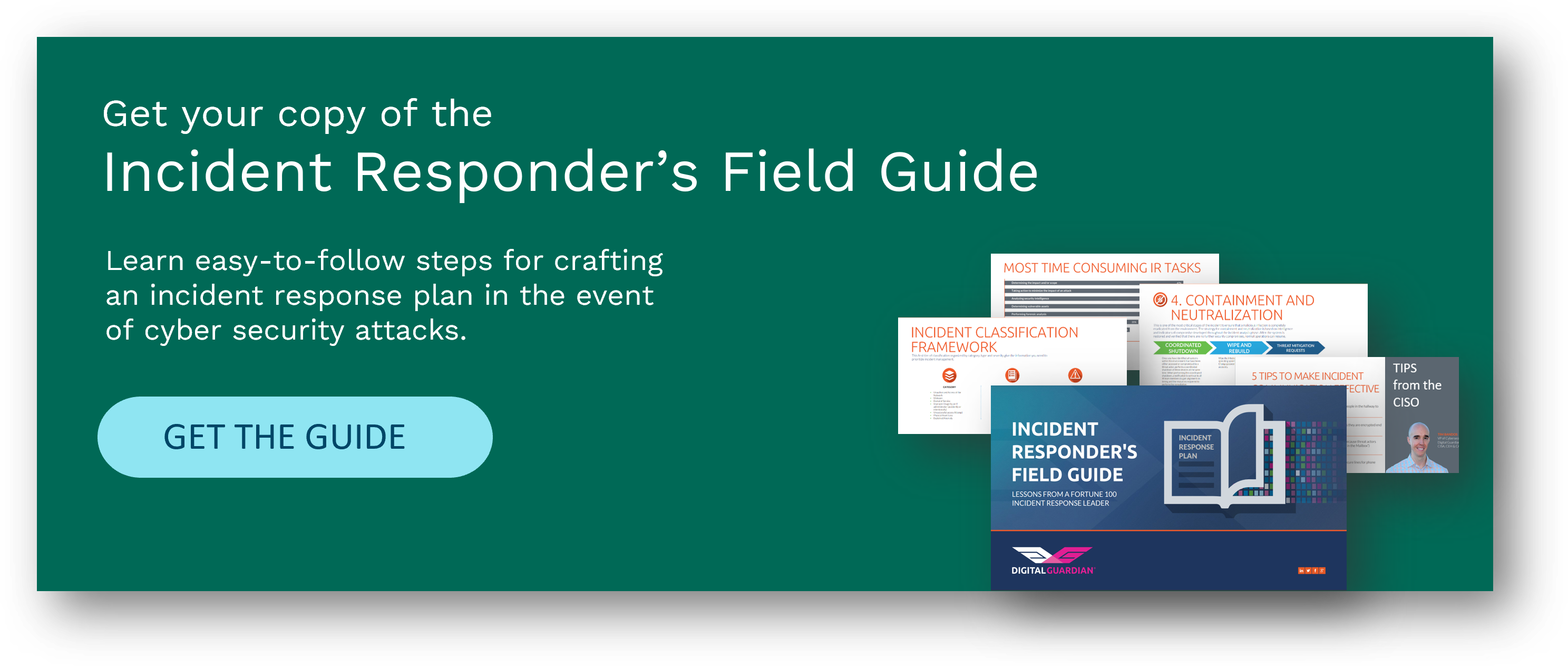What are Indicators of Compromise?
| Contact Us | |
| Free Demo | |
| Chat | |
Learn about indicators of compromise and their role in detection and response in Data Protection 101, our series on the fundamentals of information security.
What are the Indicators of Compromise?
Indicators of compromise (IOCs) are “pieces of forensic data, such as data found in system log entries or files, that identify potentially malicious activity on a system or network.” Indicators of compromise aid information security and IT professionals in detecting data breaches, malware infections, or other threat activity. By monitoring for indicators of compromise, organizations can detect attacks and act quickly to prevent breaches from occurring or limit damages by stopping attacks in earlier stages.
Indicators of compromise act as breadcrumbs that lead infosec and IT pros to detect malicious activity early in the attack sequence. These unusual activities are the red flags that indicate a potential or in-progress attack that could lead to a data breach or systems compromise. But, IOCs are not always easy to detect; they can be as simple as metadata elements or incredibly complex malicious code and content samples. Analysts often identify various IOCs to look for correlation and piece them together to analyze a potential threat or incident.
Indicators of Compromise vs. Indicators of Attack
Indicators of attack are similar to IOCs, but rather than focusing on forensic analysis of a compromise that has already taken place, indicators of attack focus on identifying attacker activity while an attack is in process. Indicators of compromise help answer the question “What happened?” while indicators of attack can help answer questions like “What is happening and why?” A proactive approach to detection uses both IOAs and IOCs to discover security incidents or threats in as close to real time as possible.
Examples of Indicators of Compromise
There are several indicators of compromise that organizations should monitor. In an article for DarkReading, Ericka Chickowski highlights 15 key indicators of compromise:
- Unusual Outbound Network Traffic
- Anomalies in Privileged User Account Activity
- Geographical Irregularities
- Log-In Red Flags
- Increases in Database Read Volume
- HTML Response Sizes
- Large Numbers of Requests for the Same File
- Mismatched Port-Application Traffic
- Suspicious Registry or System File Changes
- Unusual DNS Requests
- Unexpected Patching of Systems
- Mobile Device Profile Changes
- Bundles of Data in the Wrong Place
- Web Traffic with Unhuman Behavior
- Signs of DDoS Activity
Using Indicators of Compromise to Improve Detection and Response
Monitoring for indicators of compromise enables organizations to better detect and respond to security compromises. Collecting and correlating IOCs in real time means that organizations can more quickly identify security incidents that may have gone undetected by other tools and provides the necessary resources to perform forensic analysis of incidents. If security teams discover recurrence or patterns of specific IOCs they can update their security tools and policies to protect against future attacks as well.
There is a push for organizations to report these analyses results in a consistent, well-structured manner to help companies and IT professionals automate the processes used in detecting, preventing, and reporting security incidents. Some in the industry argue that documenting IOCs and threats helps organizations and individuals share information among the IT community as well as improve incident response and computer forensics. The OpenIOC framework is one way to consistently describe the results of malware analysis. Other groups such as STIX and TAXII are making efforts to standardize IOC documentation and reporting.
Indicators of compromise are an important component in the battle against malware and cyberattacks. While they are reactive in nature, organizations that monitor for IOCs diligently and keep up with the latest IOC discoveries and reporting can improve detection rates and response times significantly.
Recommended Resources

All the essential information you need about DLP in one eBook.

Expert views on the challenges of today & tomorrow.

The details on our platform architecture, how it works, and your deployment options.
